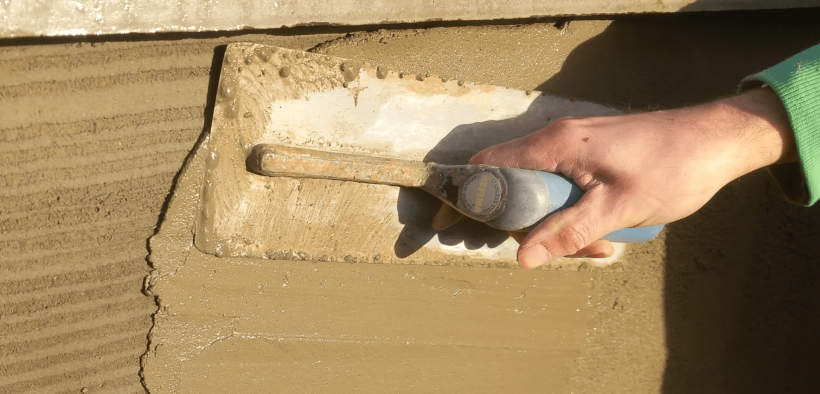Rendering is an indispensable technique for improving a building’s insulation and energy efficiency. From protecting against weather to reducing energy bills, rendering’s benefits extend far beyond aesthetics. However, achieving these results depends heavily on using the right tools and techniques. REFINA’s comprehensive range of professional tools ensures precision, efficiency, and durability, making it easier than ever to achieve energy-efficient rendering solutions.
Whether you’re working on a small residential project or a large commercial build, investing in high-quality tools and materials will pay off in performance, longevity, and sustainability. With the right approach, rendering can transform a building into an energy-efficient powerhouse, benefiting both occupants and the planet.
With the right tools and techniques, you’ll be well-equipped to tackle any job with confidence and precision. Alternatively, download our catalogue or request a physical copy online.

